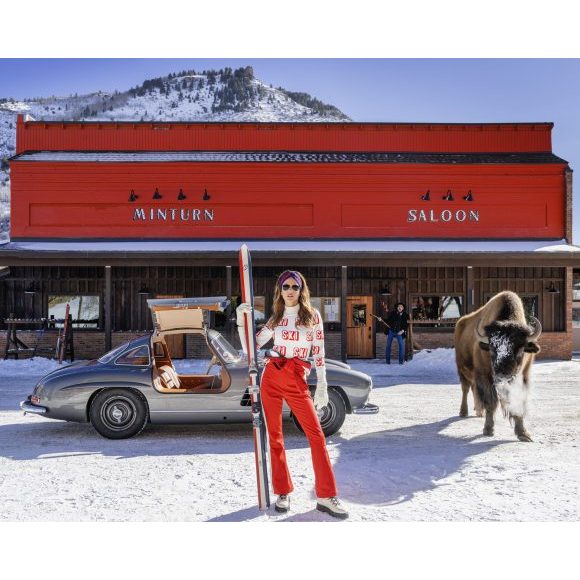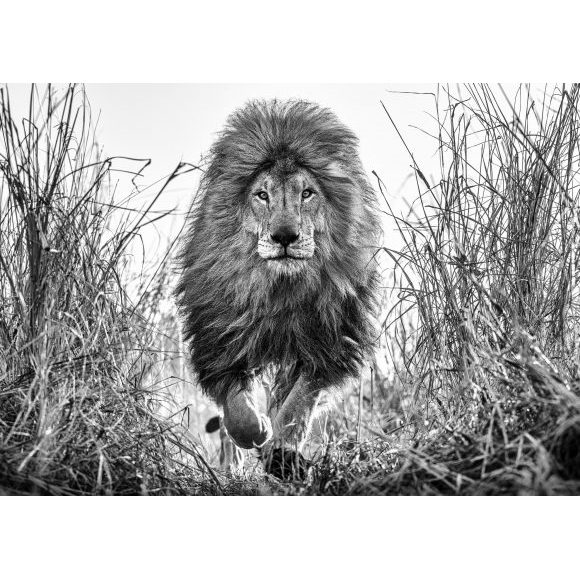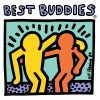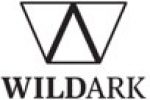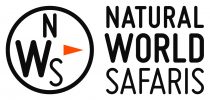Letter From Alaska
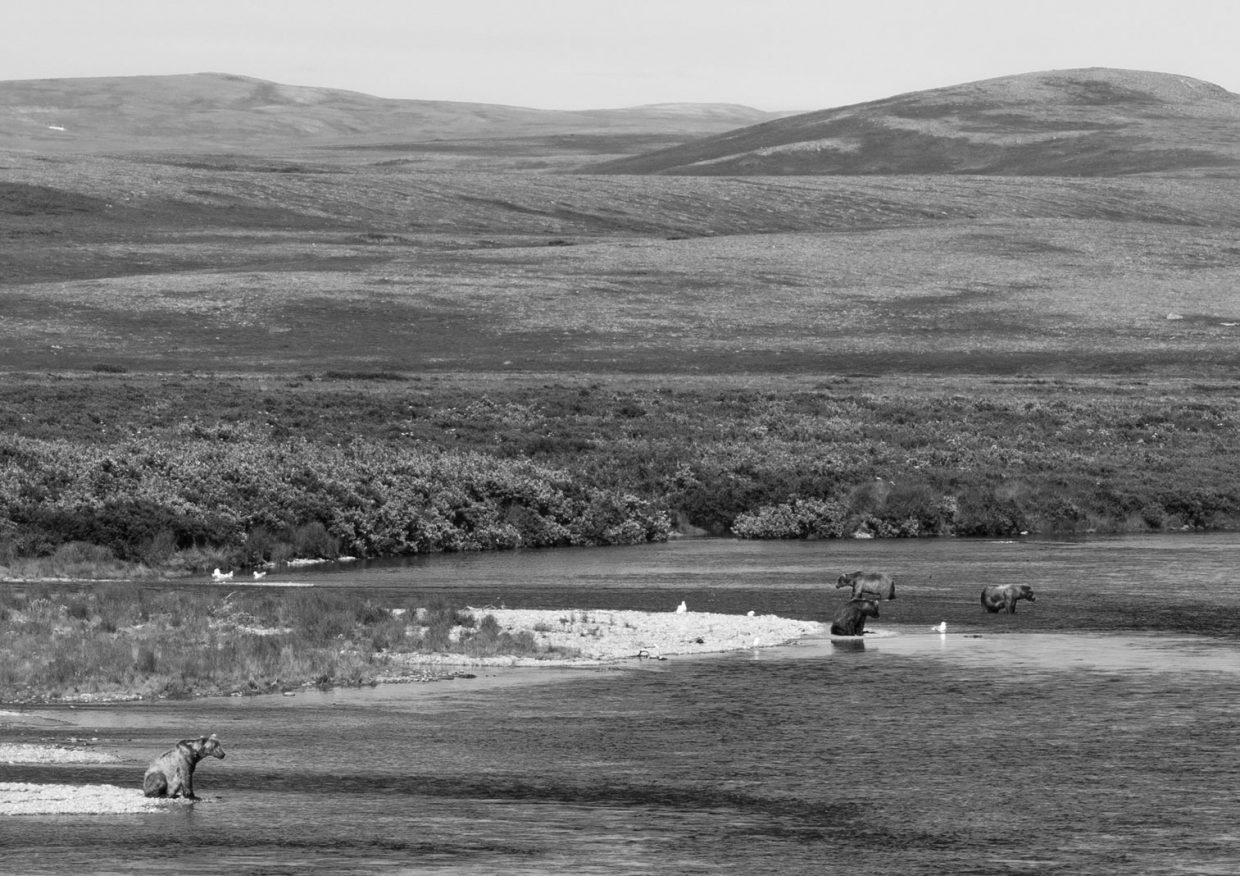
Alaska is the most geographically spoilt state in the most geographically spoilt country in the world. I am viscerally drawn to the austere grandeur of the landscape and it most definitely has a place on the podium of my favourite working destinations. As with Amboseli in Kenya, Alaska is a raw and elemental canvas full of primeval wildlife.
But nothing about human life in Alaska is normal – their clocks might be just four hours behind the eastern seaboard – but daily life is seemingly light years behind anywhere else in North America. The least remarkable feature of the 49th state is that it is physically separated from the 48 contiguous states. That’s in stone, but meanwhile, the cultural detachment dwarfs the geographical one. My take is that it is just a land of fairly untamed mammals – of which the 800,000 baseball cap wearing humans form a large constituent part.
The two big towns in Alaska, Anchorage and Fairbanks, are both rough towns full of rough people – indeed Fairbanks has to be one of the most miserable places I have ever been to in my life. They say there are four seasons there – almost winter, winter, still winter and construction.
Marijuana was legalised recently in Alaska, but I would imagine that this has had a minimal positive impact on the market. Indeed, its new found legality may have reduced the appeal and usage could well be down. This is the true American wild and conformity is an alien emotional pull. The jokes on Alaska are true – Alaskans can’t imagine life without duct tape and most owe more money on their snow mobile than their car.
In the supposedly “dry” village of Iliamna, where I have spent many a night, there is no police force.
The one Sheriff was reassigned, despite the gun census suggesting a ratio of fire arms to population of at least 3:1. Owning a gun and a Chevy truck in Alaska is a precursor to being on the electoral role, whilst owning a shaving kit is seemingly an unnecessary commitment to available shelf space.
This is the land of the great outdoors and everyone that lays foot on Alaskan ground seems to dress with deference to this. This is true of the locals, whether they have office jobs or are park rangers, and it is most certainly true of visitors. At Los Angeles airport, the Alaskan holiday makers stand out – they are already wearing stubble and camouflage and have the strut of someone that has arrived at the airport not just with a first class ticket to Anchorage, but also enough firearms to take down a small village.

In late July, the flow of visitors into Alaska peaks and Anchorage airport resembles a US military base in Kandahar, as planes from contiguous America deliver armies of camouflaged hunters and fishermen “once more unto the breech”. The salmon runs are in full flow and the rivers are heaving. This is the best fishing terrain in the world – but surely not for the sporting challenge – it is akin to shooting fish in a barrel.
I now have first-hand experience of the short odds of fishing glory in Alaska. In July, I took my kids there on an assignment and on the last afternoon before we flew out, my fixer gave my 14 year old son, Cameron, a rod. In between checking football transfer news and Facebook posts on his mobile, the line happened to find its way into the water and almost immediately a beast of a fish was hauled onto the bank. This poor salmon had avoided the terrors of the high seas, killer whales, commercial fishermen, white water rapids and then swam past the champion fishermen up river. But right close to the finishing line, this triumphant journey home was terminated by a boy who really just wanted to catch a Pokémon on his iPhone, not a ten pound fish. A black swan moment and a bummer for the fish in question.
Alaska without the salmon would be like Italy without the pasta. The fish are integral to the economy – they bring in commercial and recreational fisherman and they also bring the biggest congregation of brown bears in the world. The bears in turn bring the tourists. This year’s sockeye salmon run was late but valuable – with the total run of 51 million salmon expected to add $500 million to the economy.
That’s 70 times what the Americans paid the Russians for Alaska when they bought the place in 1867. The sockeye is also just one variety of salmon that paint the river pink in the summer.
I am here to photograph the grizzly bear – the big primeval ones high in Katmai. Nothing else will determine the success of the assignment – there are no compensations. I am not here to be a landscape photographer. Sure, I am the father of a rookie fisherman and we enjoyed his moment, but bills need to be paid.
The most famous bear spotting destination in Alaska is also the worst place to try to photograph them. This is often the way – the road most trodden often becomes the road most regulated – and Brooks Falls is a textbook case in point. 100 green uniformed staff with walkie talkies and badges have turned an otherwise glorious amphitheatre into a detention centre. To call them “rangers” does a disservice to the thousands of rangers in national parks in Africa, who do a dangerous job and do it as a career.
The folks in green at Brooks Falls are students on a summer job having swapped college study for the chance to shout at visitors during the day and hook up with other green people in the evening. There are no roads out of Brooks Falls and the students have assumed control of their summer camp. 40 miles away I will often be within 10 yards of a bear, but in Brooks, the students demand a 60 meter distance during the day and then pocket money in the evening. It has long been off my road map. Do not go to Brooks Falls.
There is, however, one important lesson from Brooks and that is that the bears are so used to human presence, that they are not in the slightest skittish or troublesome. To explore virginal areas for bears in Alaska is an equally bad idea because, when encountered, the bears will see unfamiliar guests and will do one of two things – neither of which help the photographer. They will either run straight for the intruder or, much more likely, run quickly away. There is no joy in this binary situation and over the years I have wasted good money testing this premise.
So location processing in Alaska is integral to the job and in my ten visits to the Katmai, I have learned a great deal, but I would worry if that were not the case. Good photography is about good access, far more than it is about camera equipment – though I am lucky to have the best gear available thanks to my relationship with Nikon. Alaska is a vast continent and every bear area has different logistical and technical challenges. As always, my goal is to get close, impose myself and try to take images from the ground up – or indeed the river up.
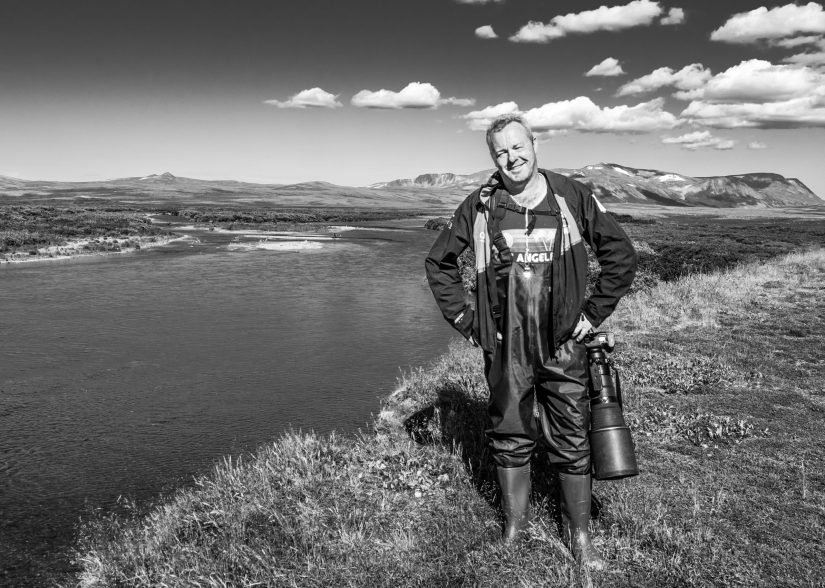
"Behave, be careful and then this is - in my view - the best place in the world to photograph bears fishing for salmon."
Two years ago, I met a wild mountain man called John Baechler and we formed an instant bond. The log cabin he shares with his partner Barbara in Iliamna is not just a little museum of natural history, it is a private sports bar and games room. Carlsberg don’t do log cabins, but if they did, John’s would be the model. They cater for your every need in the wild and even better, they both make bad ass cocktails.
Everyone loves John and Barbara – they are the rock stars of the community and what they don’t know about the mountains, probably isn’t worth knowing. John has introduced me to bush pilots, local fishermen and his wider family. In turn, I have introduced him to my kids and some new friends – including the wonderful Dutch star – Kim Feenstra – who came on my last trip. As soon as someone meets John, they are done with the need for any other fixers in Alaska.
To do my job well I need kind and knowledgeable men like John. This is an era of collaboration and emotionally investing in people that you trust. Without fixers, access can be compromised and in the field this can
be both expensive and hugely disheartening. In California – where I spend much of my time – the concept of “community driven content” is very hot right now and I identify with the premise that smart original content often comes from collaboration with a community, not from parachuting in and out of a community.
Thanks to John, I learnt about an area only accessible by a float plane small enough to land on a little lake nearby. Down the ridge and to the north, two salmon rich creeks merge into one and the bears know all about this confluence.
This feature is about 60 miles from Iliamna and fishermen come here daily in July and August – which is helpful to me, as the bear population – which can often exceed 50 in two square miles – is accustomed to human presence and is chilled with the fishermen who are effectively stealing their lunch. There are enough fish to go around. It is a religious and god fearing state Alaska, but they will never call upon Jesus to boost the fish tally. Far better to use him where it is needed – like with the wine.
There is no regulation up on this stretch of tundra – it is about common sense and showing the bears sufficient respect. They are the sovereign mammal up here and they like human behaviour to reflect that. Behave, be careful and then this is – in my view – the best place in the world to photograph bears fishing for salmon.
Every year I go back and whilst there are a few photographers with their tripods and long lenses, no one seems to be working from the river or the immediate banks like myself. Certainly I have yet to see any other photographs from the location that could suggest that my more immersive work is being copied.
I left Anchorage for the final time in 2017 with a sense that perseverance had again paid off. One image in particular “The Fisher King” will always serve to remind me of the glory of an Alaskan summer. I will take these sandy river banks any day over the beaches of St Tropez. Alaska and some of its wonderfully eccentric locals are an antidote to the hurried vapidity of big city life.


